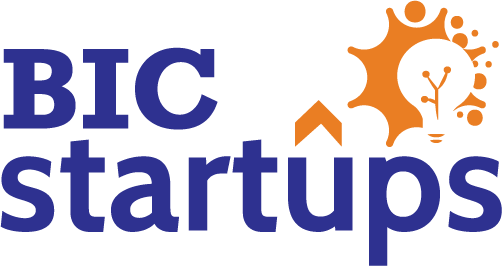- April 19, 2023
- Posted by: Manish Kandel
- Category: Blog/Article

The Minimum Viable Product (MVP) is a concept that has gained popularity in the startup ecosystem and for a good reason. It is a powerful tool for quickly validating business ideas, product development, and scaling strategies. But what exactly is an MVP, and how can it be applied in different contexts?
An MVP is the minimum set of features that still allows a product or service to be usable and valuable to early customers. The purpose of an MVP is to validate customer interest, gather feedback, and learn about the market as quickly as possible. By creating an MVP and testing it with a small group of customers, entrepreneurs and companies can avoid the common pitfall of developing a product that nobody wants.
One common example of an MVP is a landing page or website that describes a product or service and collects email addresses from interested customers. This MVP allows entrepreneurs to gauge interest in their idea without investing a significant amount of time and resources into building a full product. Another example is a simplified version of a mobile app that only includes the core functionality. This MVP allows developers to test the app’s usability and gather feedback from a small group of users before investing in additional features. A prototype of a physical product that can be tested by a small group of customers is also a good example of MVP. This will allow the companies to see how their product works in the real world, and if it meets the needs of their customers.
Crowdfunding campaigns also serve as an MVP for testing market interest and validating funding potential. Entrepreneurs can use crowdfunding platforms to gauge product interest, validate pricing strategies, and even raise capital before investing in mass production. This allows them to test the market before making a significant investment in the product.
The MVP concept is not limited to startups; large enterprises and government organizations can benefit from it. By creating an MVP, they can drive innovation and improve processes. Large companies can use MVPs to test new products, features, or business models before investing in them fully. Government organizations can use MVPs to test new policies, programs, or services before rolling them out on a large scale.
It’s important to note that the MVP is not the final product. It is a starting point, a tool to learn and validate assumptions. As soon as entrepreneurs and companies get feedback and data, they should iterate and improve their MVP. This way, they can build a better product and service for their customers. The key is to focus on the core value that the MVP provides to the customer and to minimize the number of features and functionality that are included in the MVP. This allows entrepreneurs and companies to test their assumptions and hypotheses as quickly and inexpensively as possible, and to make data-driven decisions about the direction of their products or service.
It’s also important to keep in mind that the MVP is not a one-time event, but an ongoing process. As entrepreneurs and companies gain more information about their customers, market, and industry, they should continue to iterate and improve their MVP. This allows them to stay ahead of the competition, meet the changing needs of customers, and create new opportunities for growth.
In summary, the MVP concept is a powerful tool for validating business ideas, product development, and scaling strategies. By creating an MVP and testing it with a small group of customers, entrepreneurs and companies can avoid the common pitfall of developing a product that nobody wants. By focusing on the core value that the MVP provides to the customer, and by iterating and improving the MVP as they gain more information, entrepreneurs and companies can create a successful product or service that meets the needs of their customers.
